Not Just a Pretty Face, This Devin Z Was Built for Track Time
My love of performance race cars began at Watkins Glen in 1952. Racing was a passion for my folks’ friends, so that was where we went whenever they were racing. Often, a fender bender in Friday’s time trials would put someone out of the competition for the weekend.
In the 1950s, there was an avid racer named Bill Devin. He loved Ferraris but couldn’t afford one. Instead, he started making fiberglass bodies that could fit a variety of chassis. More specifically, they could be retrofitted to a crashed car and get it back on the track for racing. That morphed into a kit-car business.
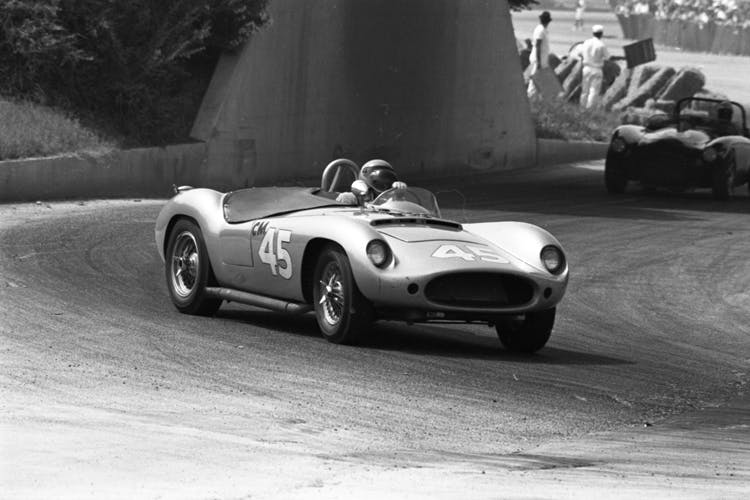
In July 1959, the cover of Hot Rod magazine promised exclusive cutaway art of Bill Devin’s newest creation, the Devin SS. The car was available in both finished form and as a kit. It had a tubular chassis, four-wheel independent suspension with disc brakes, Chevrolet V-8 power with a four-speed manual transmission, and a fiberglass body. It was far more exotic than any ’59 Corvette.
Devins enjoyed great racing success, especially in SCCA competition, notching up several class and overall victories between 1958 and 1963. At Pikes Peak, hot rodder Ak Miller raced his Devin, in a variety of configurations, between 1958 and ’66, where he claimed six victories there in the C class.


I have been fascinated with Devin cars for as long as I can remember. Several years ago, I restored a 1957 Devin S, and while I was scavenging parts I found a Devin SS body, so I bought it and tucked it away for the future.
When the “the future” finally arrived, my idea was to build a high-performance tribute car, which I called the Devin Z—to represent the very last Devin. I described my concepts to automotive custom designer Brian Stupski and hired him to create several renderings of what I was thinking.
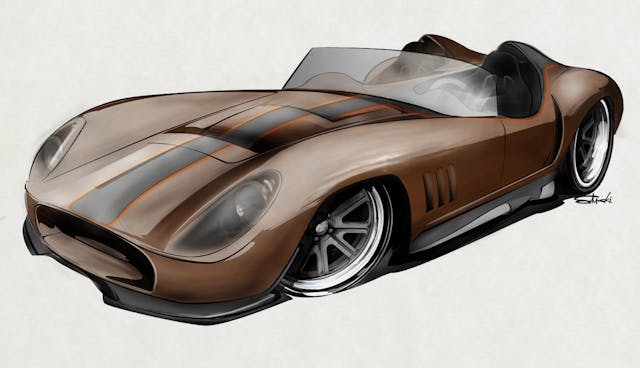
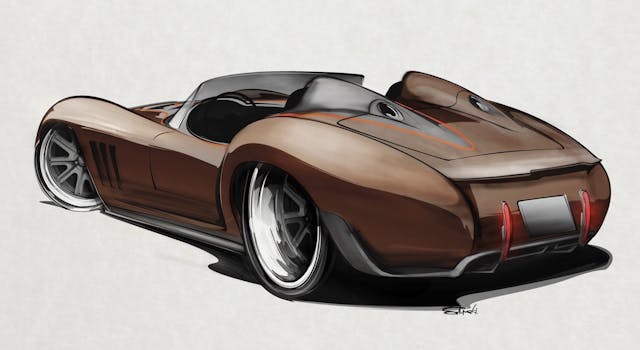
Using the old SS body as a base, we re-engineered the wheelbase and track width to provide a slightly larger footprint that would account for greater overall performance afforded by modern components. I then commissioned a custom tube chassis from SRIII Motorsport, with four-wheel independent suspension and disc brakes using Corvette control arms. We added crash bars and rollover hoops for safety and incorporated Viking’s interactive “Berserker” coilover shocks.
Bill Devin was a huge fan of Chevrolet’s small-block V-8 and Muncie four-speed transmission, so it was important to me to retain a GM driveline. I asked Brian Thomson at Thomson Automotive to build me a dry-sump LS7 and fitted it with Harrop’s fuel-injected side-draft intake. Power—697 hp at the crank—goes to the rear wheels through a McLeod dual-disc clutch and a six-speed Getrag transaxle. Ignition and traction control are courtesy of Holley’s Dominator ECU and a Holley Digital Dash sits in front of the passenger seat, with a trick carbon cover when not in use.

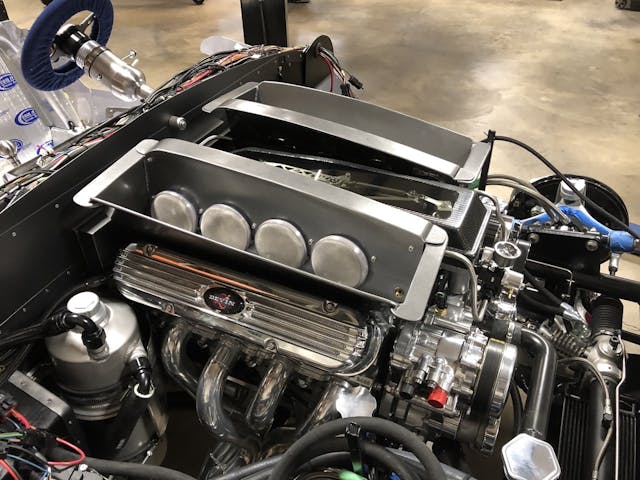
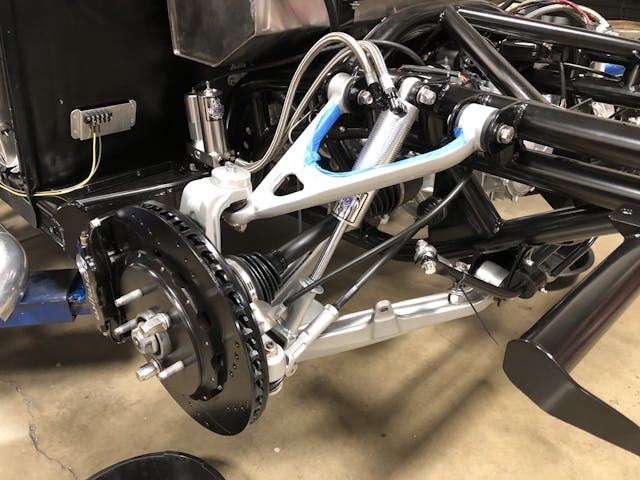
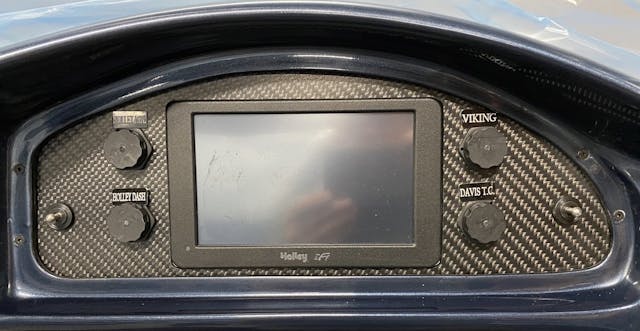
I mocked up the stainless-steel fuel tank using cardboard and repeatedly installed and uninstalled it with the body in place to assure myself it could be done once the car was finished. It sits well protected behind the roll bars and under the down bars.
Because I had that original SS body as a platform, we were able to build onto it with foam and carve that up to achieve the desired shape. We then gave that sculpture to Motor City Solutions to create a mold for a one-off carbon-fiber body that weighed in at 161 pounds.
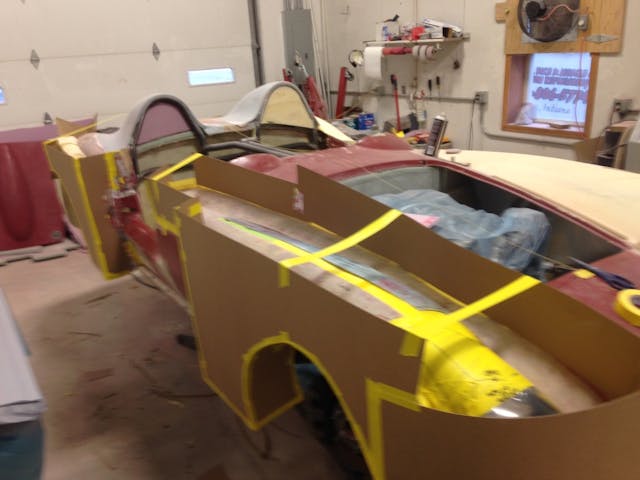

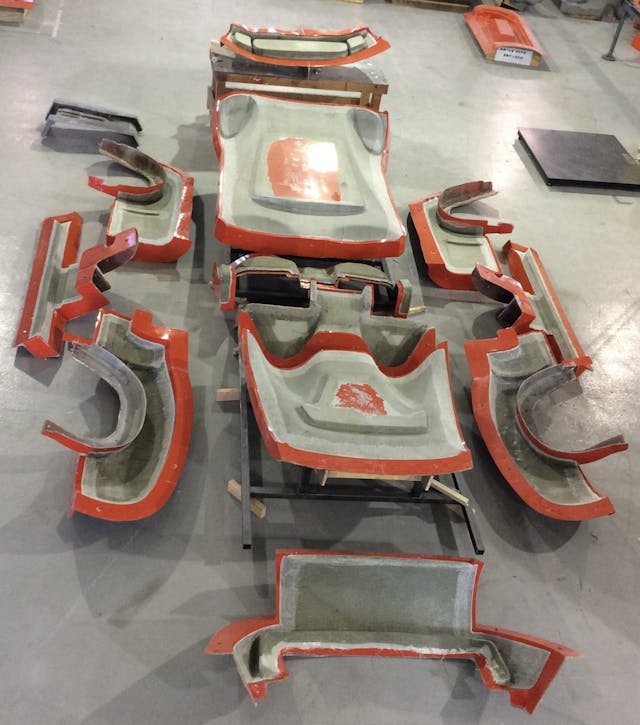
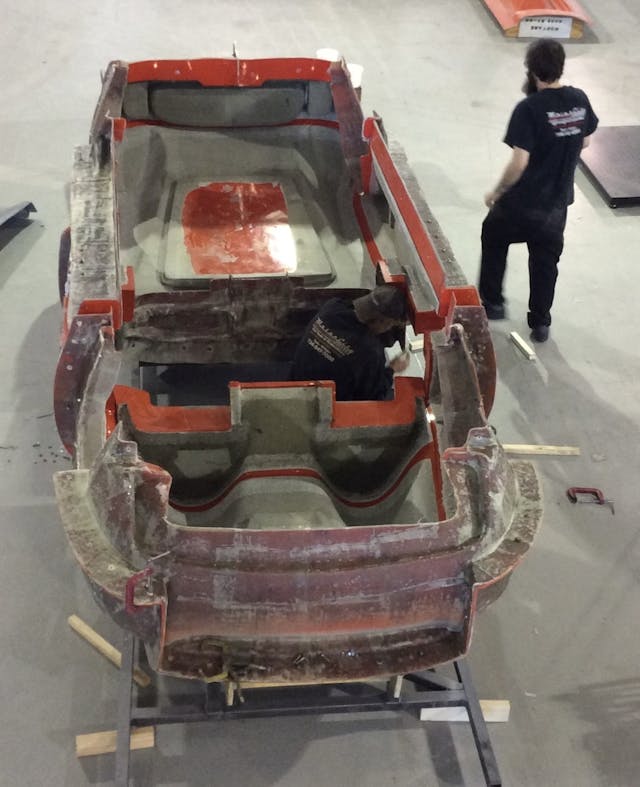
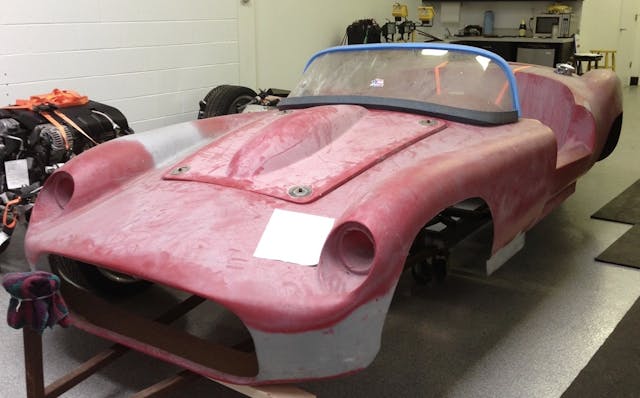
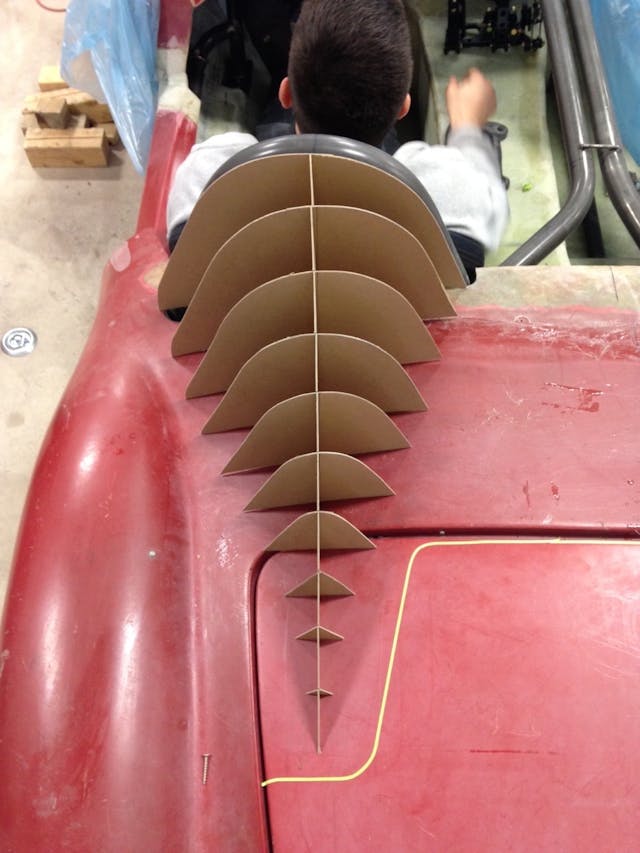
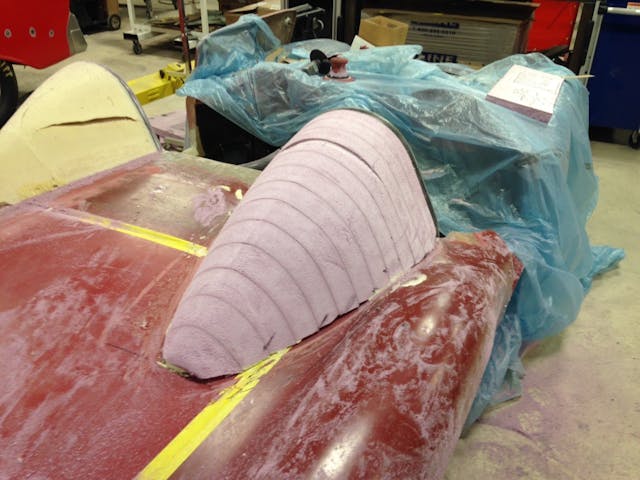
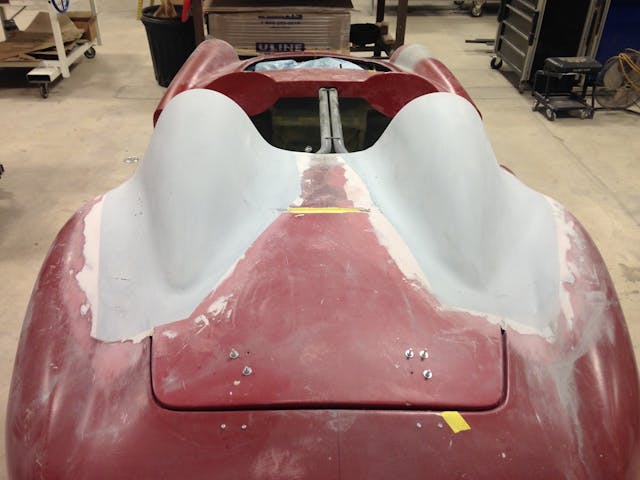

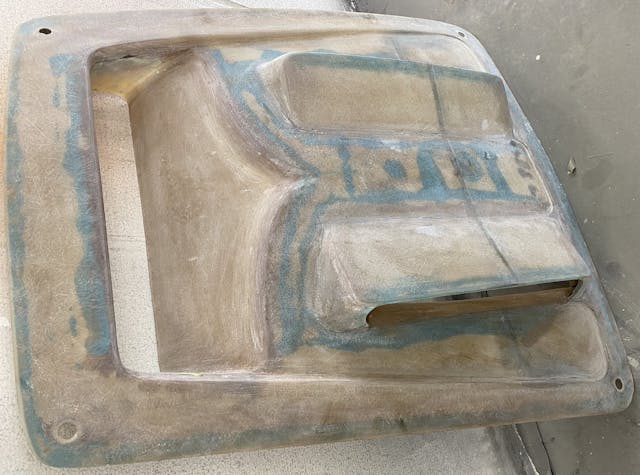
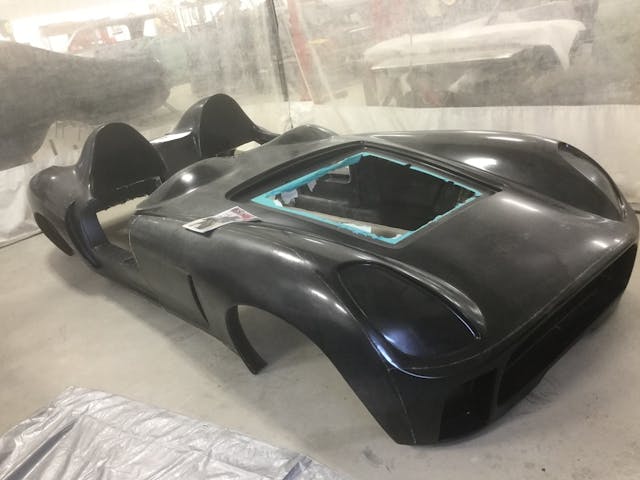

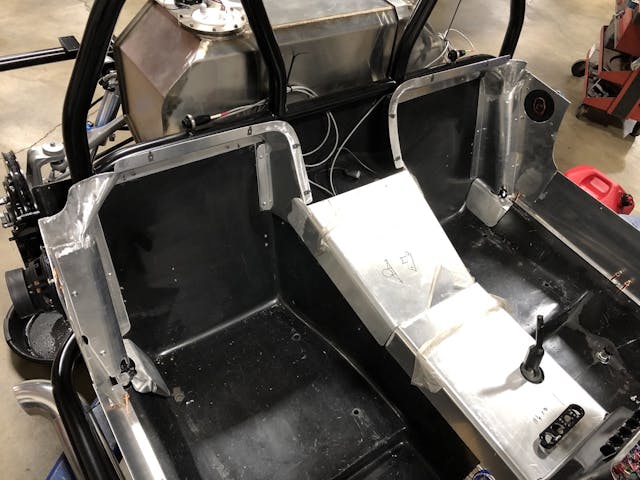

Meanwhile, all of the fabrication and assembly of the inner body panels, the wheel wells, the heat extractors, the engine bay, the interior panels, the fuel tank, the exhaust headers, and the side exhaust with protective shrouds were hand-made by Dave Daunheimer at Competition Fabrications. B-Forge supplied the custom wheels, with Billet Specialties helping me develop the custom adaptations to simulate knockoffs. John Hein of Riggs Brothers was responsible for the interior, and D&M Corvettes did the finish bodywork and paint. That color, Devin Z Blue, is a one-off made from discontinued PPG tints. Of course, I have an extra gallon for any misadventures.
Many of the components—the windshield base, the headlight lenses and taillight bezels, the interior escutcheons—are one-off CNC-machined originals. I began each of these components using cosplay plastics, creating an original piece that I then had laser-scanned to be machined out of aluminum. You might think the most challenging bit was the windshield base due to the complex body curves. It was difficult, yes, but the headlight lenses proved to be my nightmare—right up to the car’s debut at the 2022 Detroit Autorama.


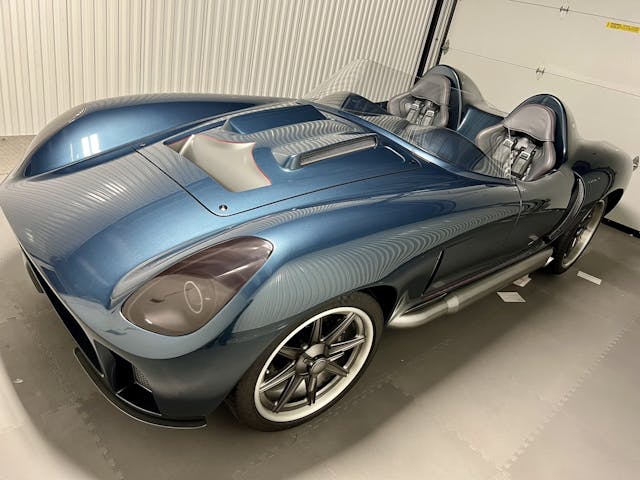
It all came together, however, and we were rewarded at Autorama then the Devin was selected as one of the Great 8 finalists for the Ridler Award.
I understand that most people think it’s a kit car. It’s not. It’s an authentic, roadworthy, hand-built performance car that took 6000 hours to build. And though it debuted as a show car, it will do its best work on the track. Because it’s a tribute to a not-so-famous guy, Bill Devin. He was no Carroll Shelby, but he made significant contributions to and for the racers of his day.
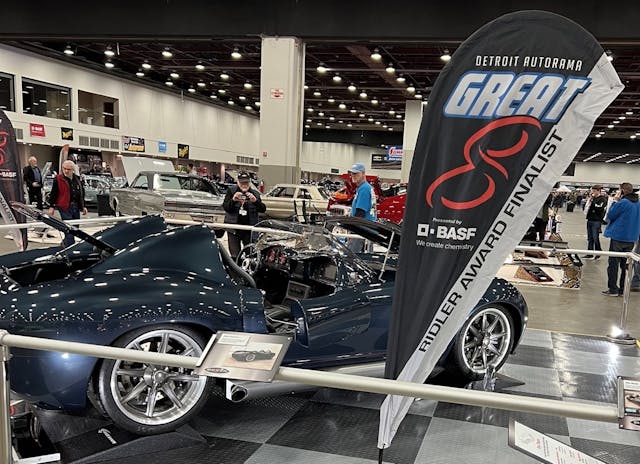
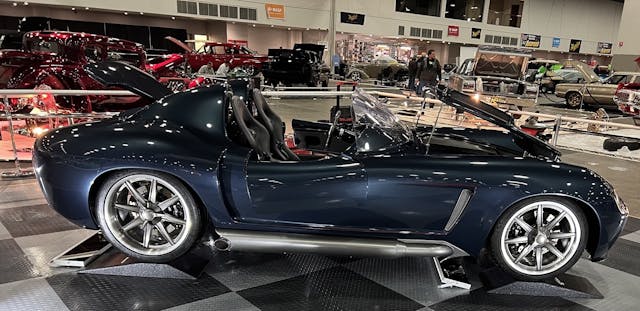

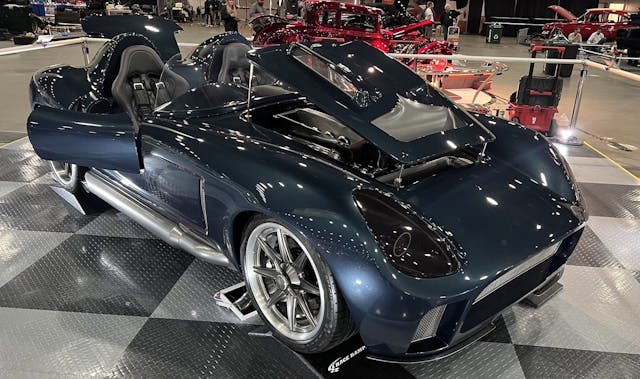



It’s interesting. I mostly like the looks but the hood venting is a little off to me. I bet it’s fun to drive.
My God what did this cost to build?
Amazing story Chris and what a masterpiece!